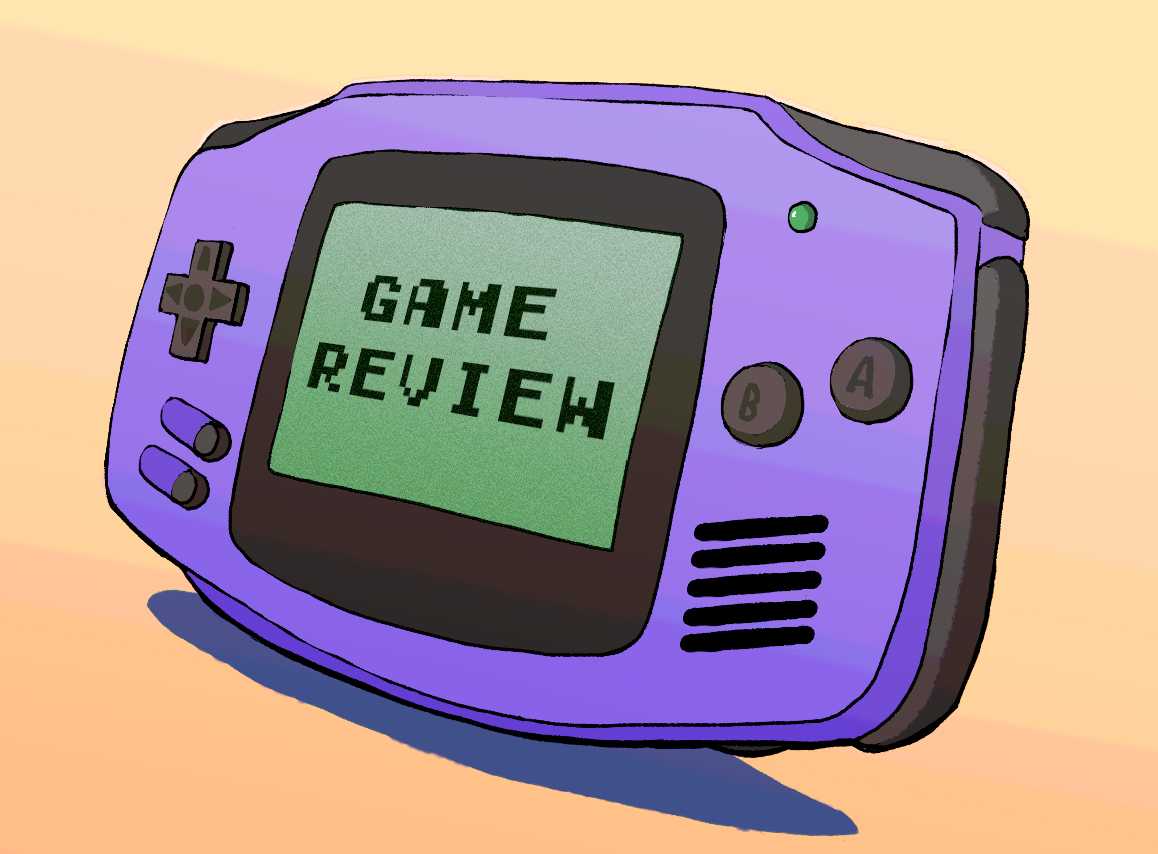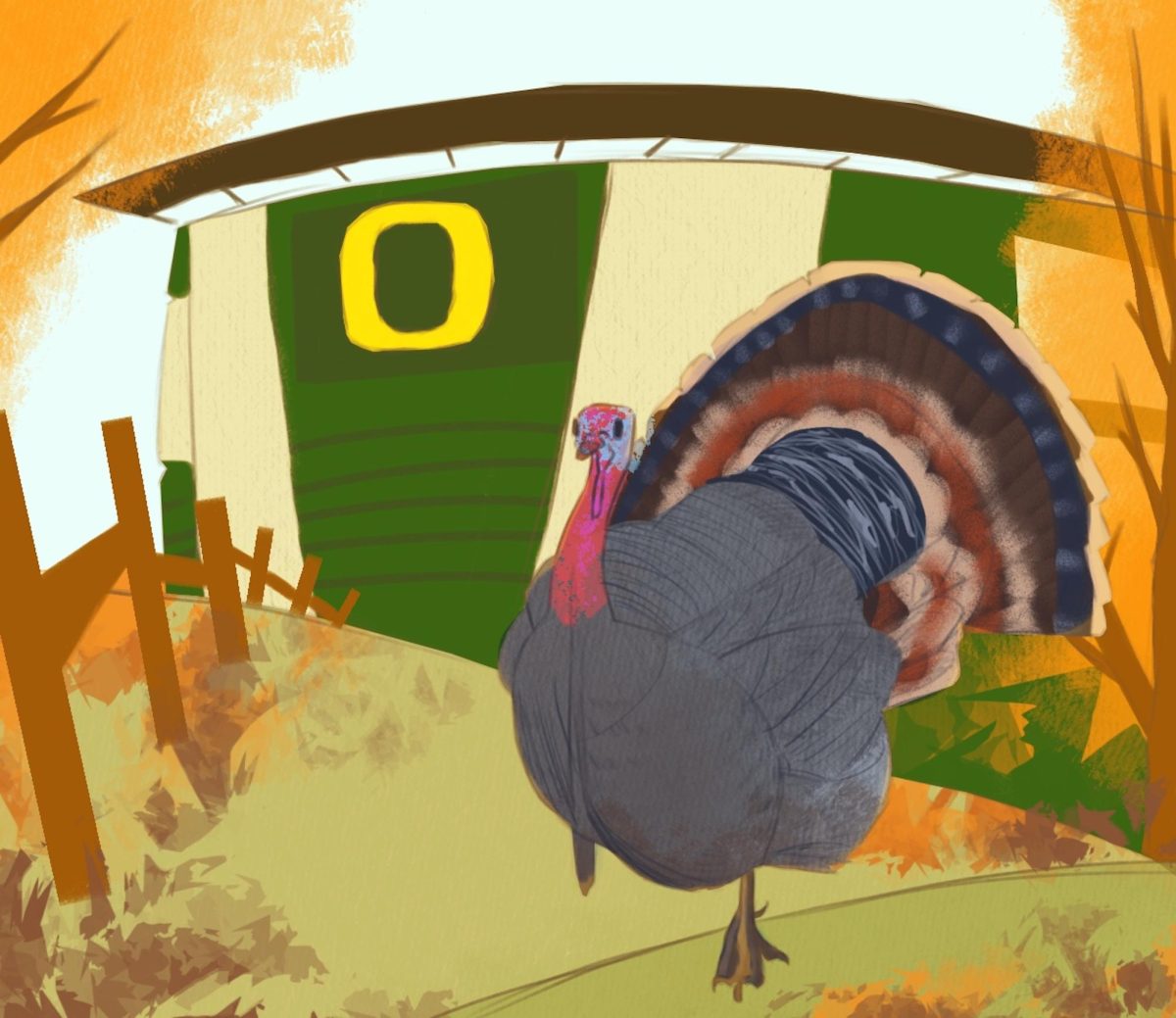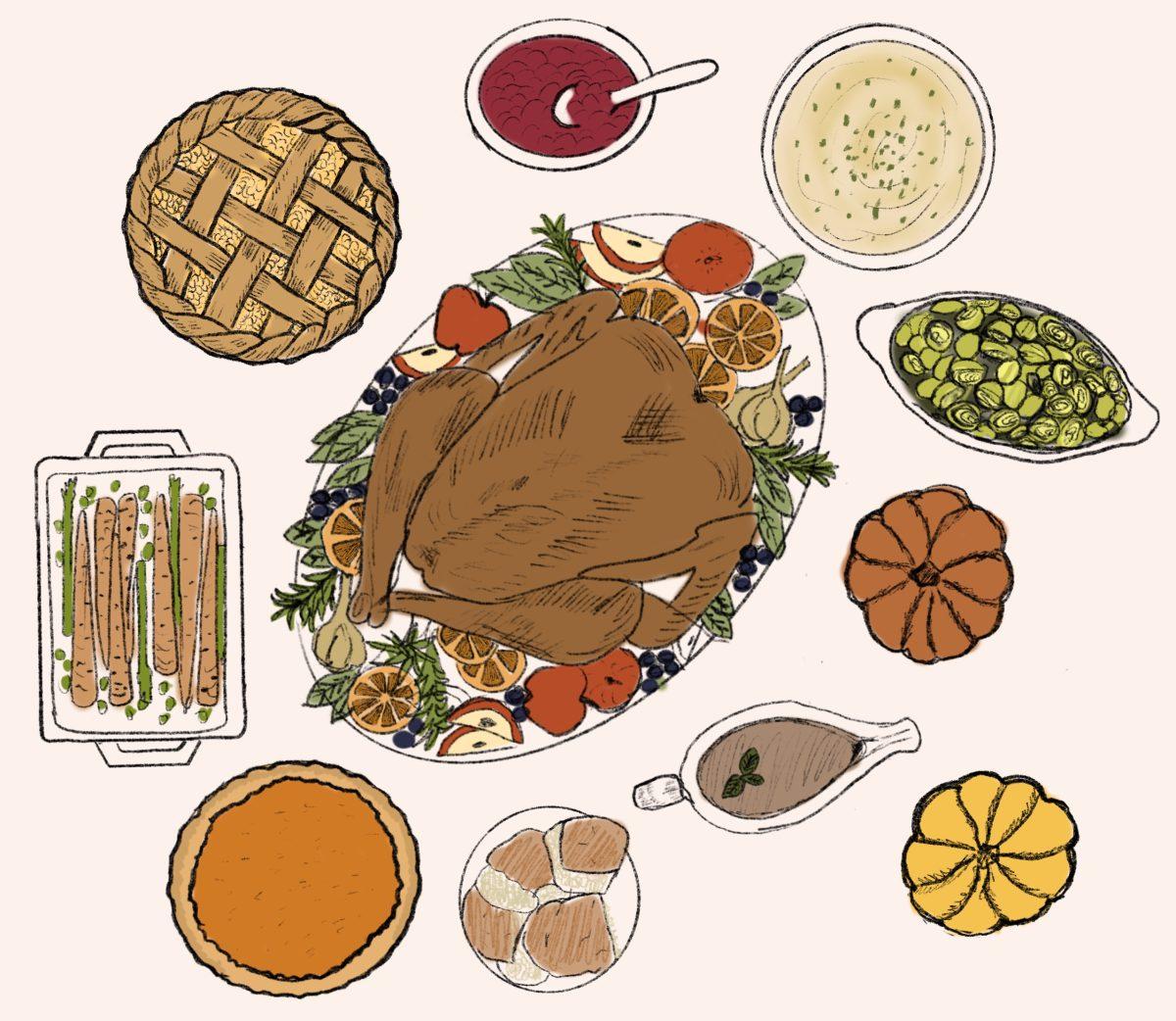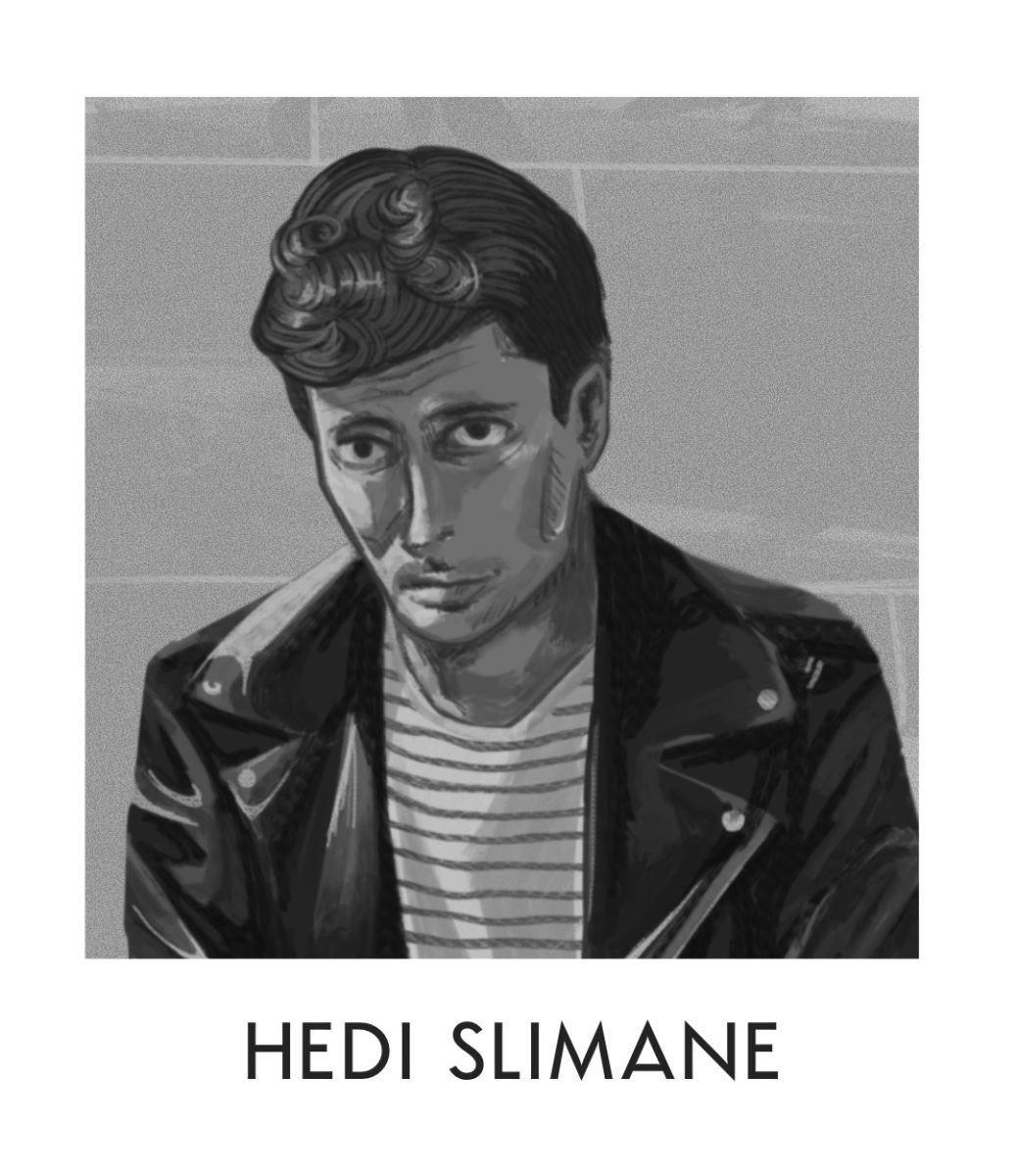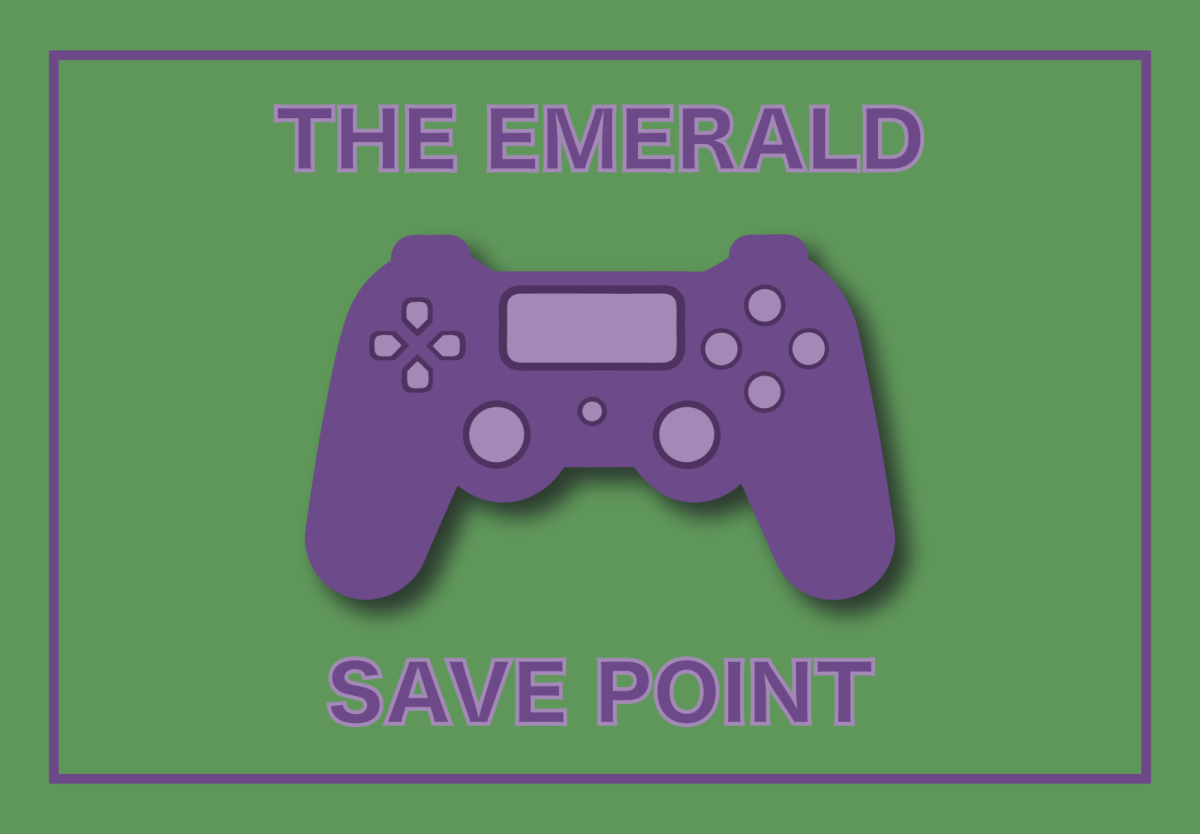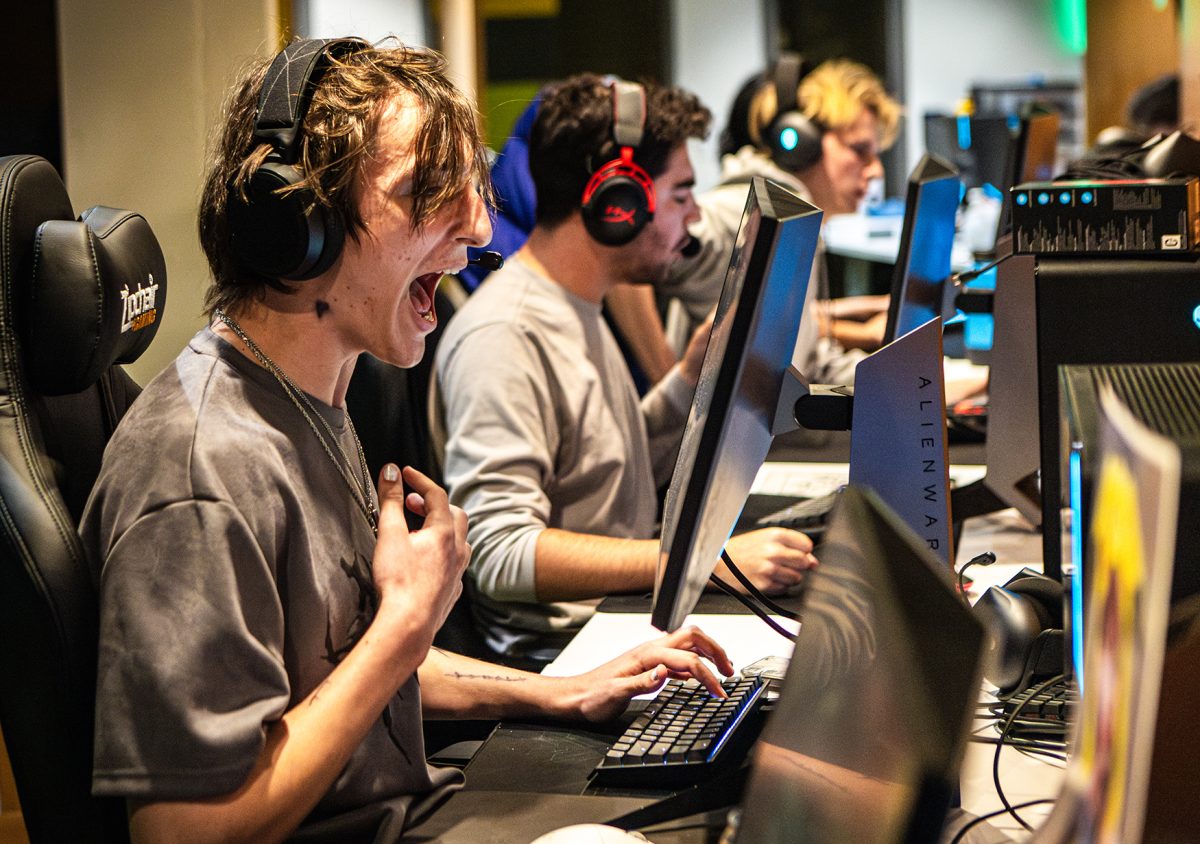In 2015, Nintendo released “Splatoon,” a left-field take on a third person shooter game. Players claimed territory with colorful ink, shooting the ground as well as each other, attacking as humanoids and swimming through the ground as squids. Because of this, it was a hit, commercially and critically.
Seven years and two iterations later, the Nintendo Switch’s “Splatoon 3” sees the franchise sticking to the same formula. It still feels great hopping into fast-paced matches, popping opponents like balloons, and there’s small additions everywhere. However, the game struggles to introduce a central innovation, and it makes another $60 purchase difficult to justify.
The core of the appeal of the “Splatoon” series is expressive movement — diving in and out of ink, painting paths up walls, sneaking up to blast an opponent and scurrying away. Now players can perform a spinning aerial dodge, which makes outpacing opponents even more stylish.
Weapon variety in the series has let players approach matches in many distinct ways. Players can rush enemies down with a paint roller, shield themselves with an umbrella, snipe from afar or go in guns blazing.
In “Splatoon 3,” there are new weapons in this system. Unfortunately, its standout — a windshield wiper used like a sword — doesn’t have the flamboyant animations or dueling abilities it deserves, and the bow-and-arrow fulfills the same niche as existing ranged weapons.
“Splatoon 3”’s most successful departure is an overhaul of its charged super attacks. In previous games, they were primarily simple-to-understand effects like a shield, a cloud of ink overhead or a missile strike.
This iteration pushes the boundaries of these designs, expecting more from the player. The “Zipliner” lets players latch onto walls, disorienting an opponent if used carefully. The “Crab Tank” makes a user immobile but fires off suffocating rounds. Another device creates shockwaves players need to jump over, becoming a mid-battle minigame. These are frantic and distinct.
Outside of battles, the town of “Splatsville” feels lived in. Like previous entries, self-expression is integral to the in-game world, with customizable clothing inspired by real-life street wear and hip-hop aesthetics. Other players’ artwork shows up as graffiti on the walls. Now, they can decorate a locker, highlighting their personality.
The game’s soundtrack is incredible; it sounds like a vibrant scene from another dimension. There are pop songs drowned in strange voice filters, tinged with elements of Japanese folk. Pop punk guitars and whaling synths create anthemic battle themes. And in the story mode, villain themes challenge the listener with trudging beats under detuned melodic lines.
There are other small additions. A new Tetris-like minigame is played with virtual collectable cards, although the inability to battle other players is a missed opportunity. Additionally, a co-op mode against hordes of enemies returns from “Splatoon 2,” with minor enemy additions.
The biggest disappointment here is the single-player campaign. Like the previous two games, a set of challenges double as weapon tutorials, casting players as secret agents on a dangerous mission. Unfortunately, the world-building promise of the “Splatlands” shown in the game’s opening — a desolate, open wasteland — is left mostly unfulfilled here.
Instead, the campaign retreads its predecessors, with empty hub worlds and levels of disconnected floating blocks. And despite the introduction of a new, mammalian antagonist, the developers recycle previous enemies.
Then, the game’s final act demonstrates what could have been. A rocket ship infiltration ends in an outer space battle with a homicidal bear businessman, and it’s hilarious. This level is well-structured and paced, with a sense of physical location and stakes. If only there was more like it.
The game may one day resolve these deficiencies; there is free DLC on the way. Plus, an upcoming special event will allow three team battles for the first time, teasing a new way to play.
But from what is available now, “Splatoon 3” is just an iteration. For a new player, it has a build-up of incredible content. However, for the millions who bought its direct predecessor on the same platform, the lack of new modes or alluring weapons prompts a personal question: how much is just a little more “Splatoon” worth to you?



